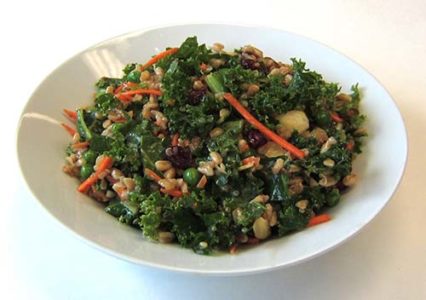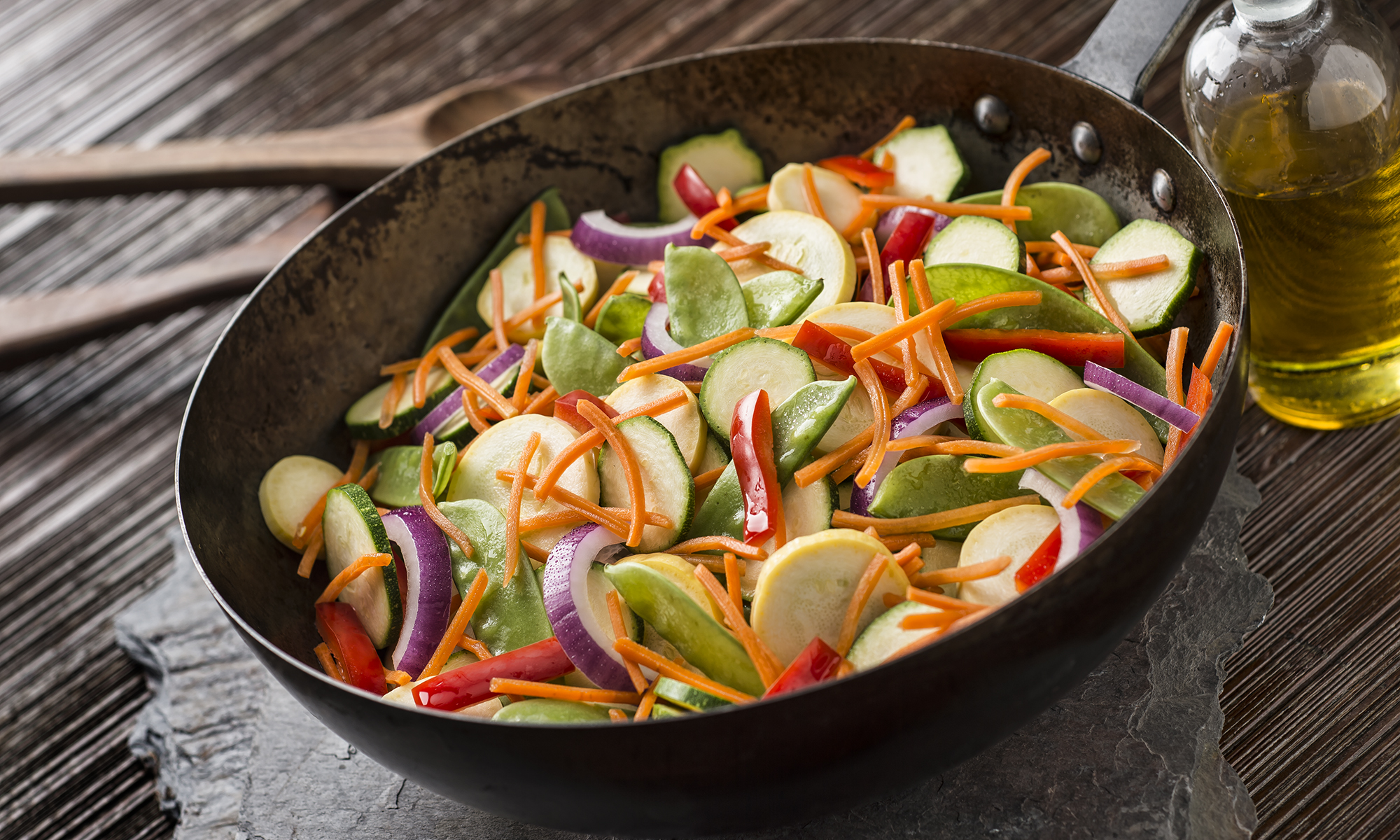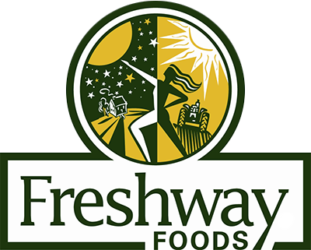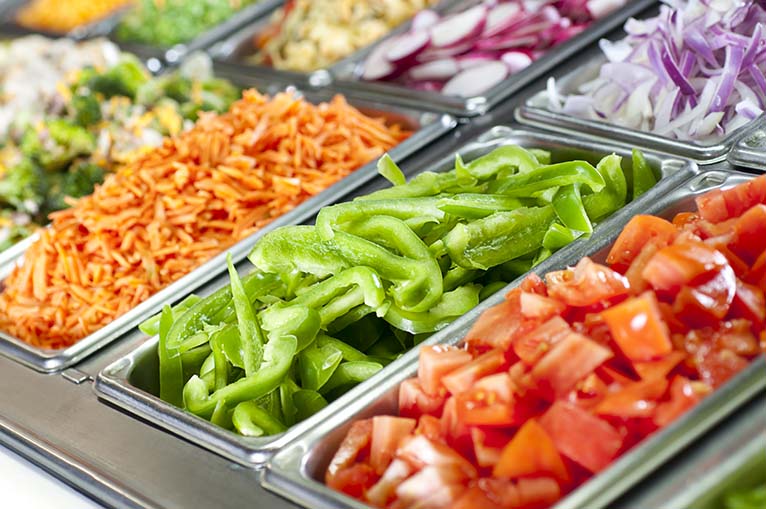The humble salad bar is getting a makeover.
Although the origin of the salad bar is in dispute, many of us became acquainted with salad bars in the 1970’s, when they became mainstream additions to our favorite restaurants. Those early salad bars most likely featured iceberg lettuce, cucumbers, carrots, tomatoes and maybe a few other popular vegetables, along with croutons and creamy salad dressings.
Over the years, salad bars have gotten bigger, with the addition of prepared salads, meats and cheeses. Spring Mix and romaine have largely replaced iceberg lettuce. Yesterday’s tomato wedges have been replaced by grape tomatoes. Lighter dressings and a wider variety of toppings have expanded the appeal. However, the salad bar was not the most innovative part of the menu.
Well, that is changing for the better. With the new focus on healthy eating, and the increasing number of consumers who want on-the-go meal options, salad bars are becoming the go-to spots for healthy, innovative meal options.
Foodservice and retail operators are elevating the salad bar by adding bright, colorful fruits and vegetables, heirloom varieties and more flavorful greens. Protein options have expanded to include non-meat proteins. Nuts and seeds are showing up as toppings. Some operators are even offering tortillas and flatbreads for “make your own wrap” options.
Non-meat proteins
You may have read that 2016 is “The Year of the Pulses,” and wondered what, exactly, are pulses? Pulses are the dried seeds of legume plants, such as beans, dry peas, lentils and chickpeas. Pulses are a healthy source of plant-based proteins. They are also high in fiber, so adding pulses to your salad bar provides your customers with a double nutritional benefit.
Ancient grains and are another source of protein that have increased in popularity over the past few years. Farro is a type of wheat with an ancient pedigree. A staple of the Mediterranean diet since Ancient Roman times, farro is an excellent source of protein, fiber, vitamins and minerals. Although farro is not gluten free, it contains a form of gluten that is said to be easier for people with intolerances to digest.

Quinoa, which is actually a seed, not a grain, is often referred to as an ancient grain. Quinoa originated in the Andean region that was cultivated and used by pre-Columbian civilizations. It is a nutrient-dense food, and offers a complete protein source. Quinoa is a good source of fiber, antioxidants and essential amino acids. It is higher in unsaturated fats (good fats) and lower in
carbohydrates than other grains.
Other non-meat protein sources that are showing up on salad bars include nuts and seeds, eggs, and a wider variety of cheeses, including blue cheese and feta.
Healthy fats
For consumers focused on healthy eating, the focus has shifted from “low fat” to “healthy fats.” Healthy fats provide nutritional benefits and play an important role in a balanced diet. Omega-3 fatty acids, found in walnuts and eggs, are a type of polyunsaturated fatty acids that may help lower cholesterol levels and support heart health. Other sources of Omega-3’s include Brussels sprouts, kale and spinach.
Monounsaturated fats, found in nuts, olive oil and avocados, improve blood cholesterol levels, which can decrease your risk of heart disease.
Seasonal options
Elevated salad bars feature the freshest ingredients, with a focus on what’s in season. In the Spring and Summer, consumers prefer light, fresh ingredients and bright colors. Bright green peas, sweet strawberries, tart blueberries, crisp pea pods and spicy radishes pair well with light and citrusy dressings. In the Fall and Winter, consumers want hearty salads and comfort foods. Rustic parsnips, rich kale, crisp turnips and earthy beets pair well with robust balsamic vinaigrettes.

Flavor profiles
Today’s consumers expect bold, adventurous flavors with global flair. Powered by Millennials who are hungry for discovery and adventure, this trend has spread to consumers of all ages. Asian, Mexican and Mediterranean cuisines have become American staples. Consumers want spicy peppers and kicked-up dressings with ingredients like curry, harissa and sriracha. The more authentic the ingredient, the more consumers love it.
At the same time, we are seeing a resurgence of traditional American cuisine, in the form of simple techniques such as pickling, smoking, roasting and grilling. The addition of house-made pickles elevates the salad bar, without introducing complex preparation techniques to your back-of-house staff.
Trending Ingredients
Watch for the following trending ingredients at a salad bar near you:

- Cauliflower – Now touted as “the new kale,” cauliflower is high in fiber and nutrients, and adds crunch to salads. Some salad bar operators are moving beyond traditional cauliflower florets to chopped cauliflower that better blends into a salad.
- Golden Beets – This heirloom beet variety is milder and sweeter than red beets. High in fiber, iron and potassium, golden beets add color and crunch to salads.
- Arugula – With its peppery, almost spicy flavor, arugula stands up to salad dressings. It is a cruciferous vegetable (like kale) that is high in nutrition.
- Root Vegetables – Parsnips, turnips and rutabaga are nutritionally dense root vegetables that feature robust flavor and add crunch to salads. These vegetables reflect a renewed interest in traditional American cuisine.
Are you introducing new ingredients to your salad bar? Share your story with us in the comments section.



